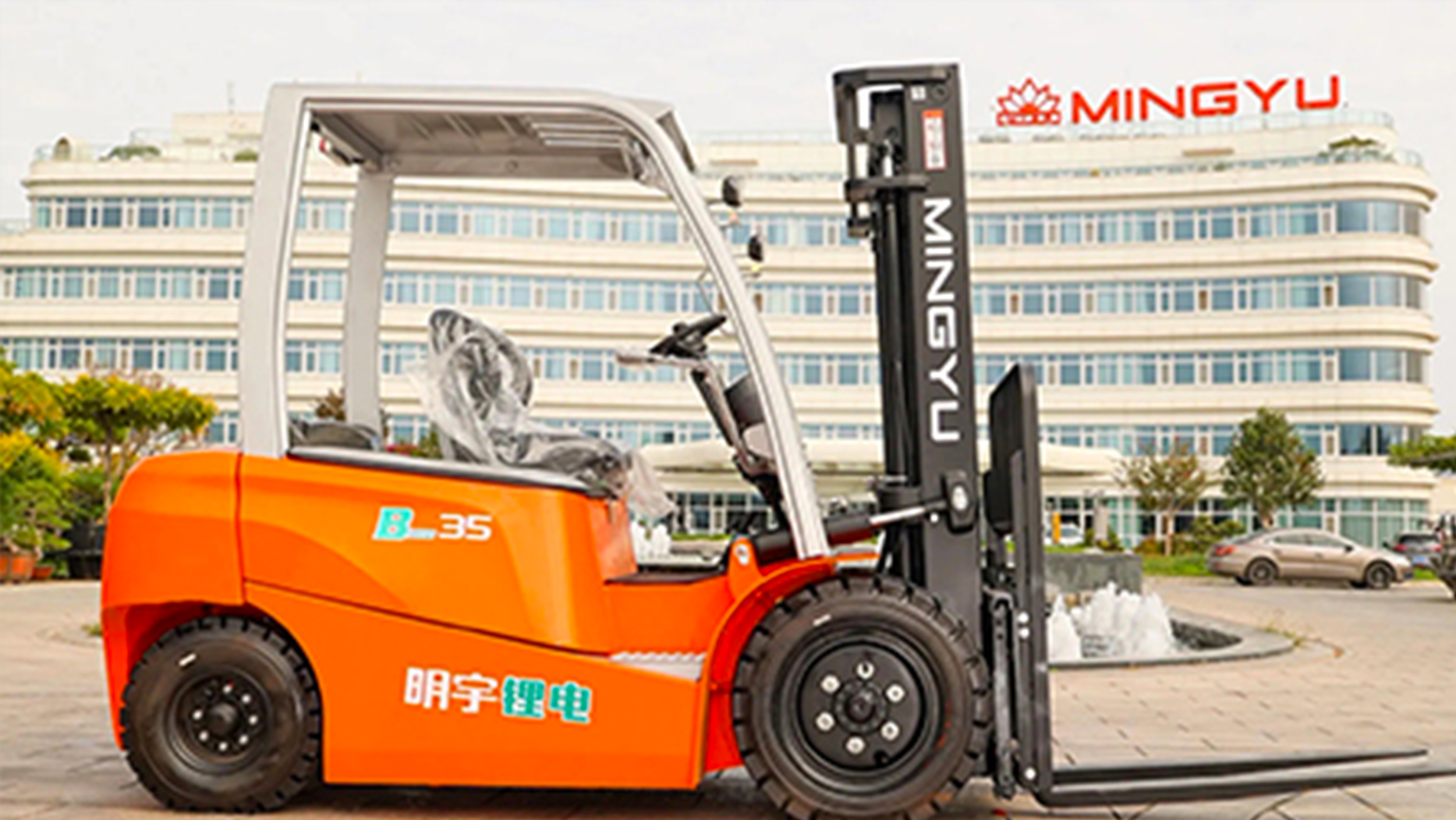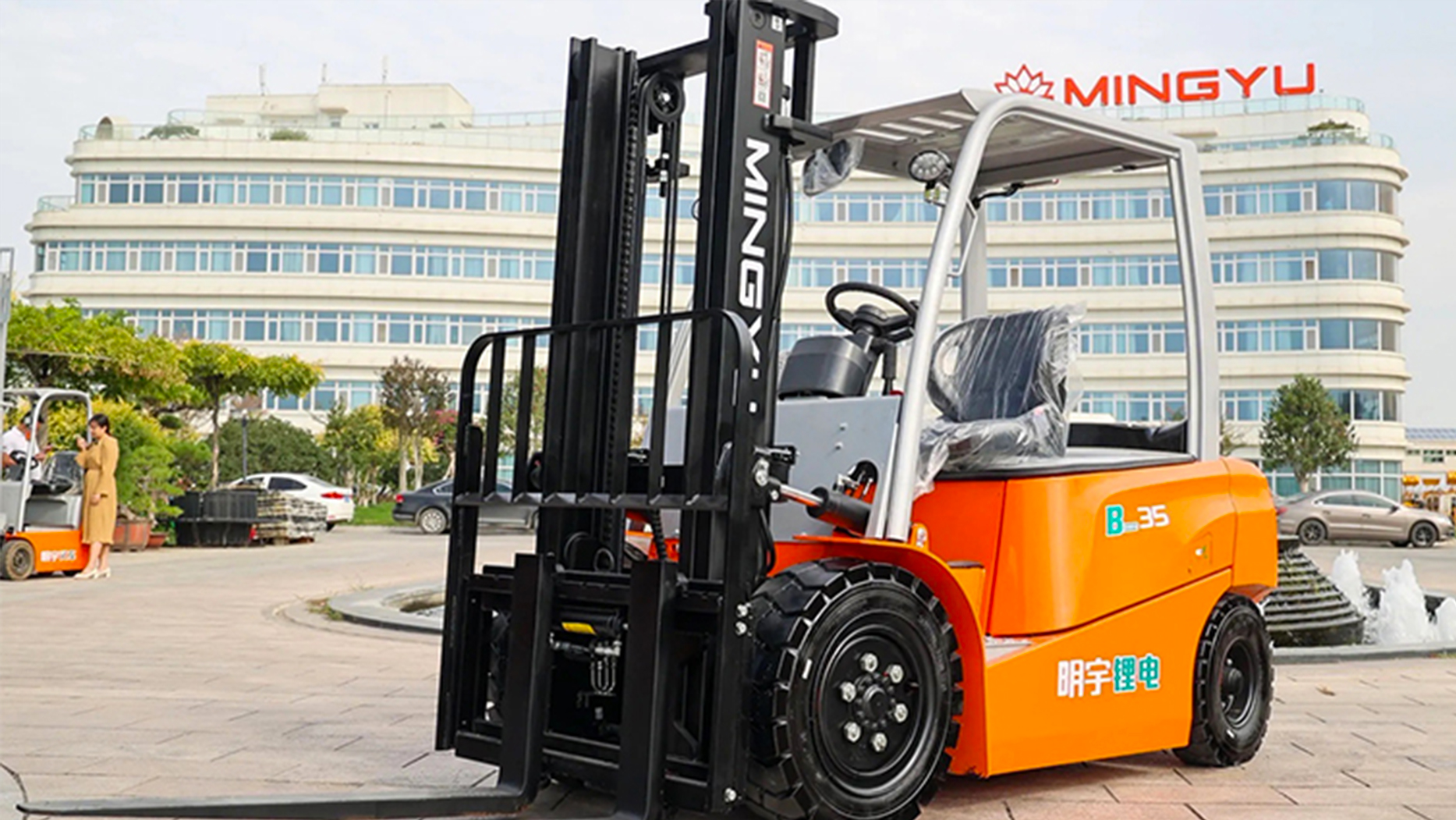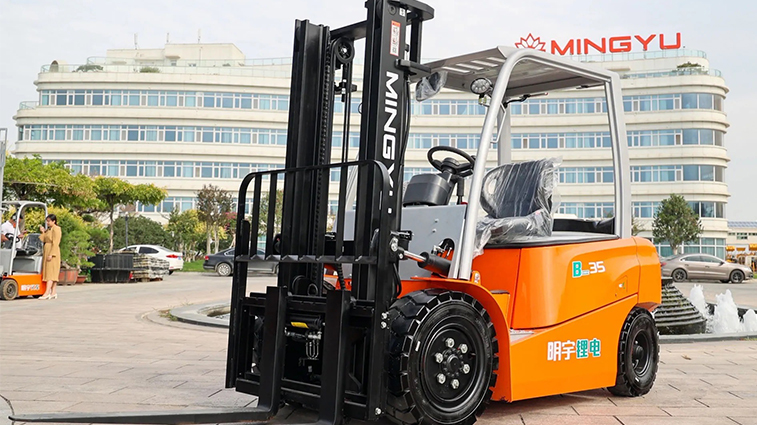I. Introduction
Electric forklifts have surged in popularity within material handling operations, driven by their environmental benefits, reduced noise, and lower operating costs compared to internal combustion models. A critical factor in their efficiency and cost-effectiveness is battery life. Understanding the real-world battery performance of modern electric forklifts is essential for optimizing operations, minimizing downtime, and accurately calculating return on investment. This article delves into the various aspects of battery life, from technological foundations to practical applications, providing a comprehensive overview for businesses considering or already utilizing electric forklifts.
II. Understanding Electric Forklift Battery Technology
Types of Batteries:
Lead-acid batteries: The traditional workhorse, known for their lower initial cost but requiring regular maintenance like watering and equalization. They are sensitive to depth of discharge, affecting lifespan.
Lithium-ion batteries: The modern alternative, offering faster charging, longer lifespans, and minimal maintenance. Their higher initial cost is often offset by long-term savings and increased productivity.
Other emerging battery technologies: Research into solid-state batteries and other chemistries promises even higher energy densities and faster charging in the future.
Battery Capacity and Ratings:
Amp-hours (Ah): Measure the amount of current a battery can deliver over time, indicating its capacity.
Voltage (V): Determines the power output of the battery.
Battery capacity directly influences the operating time of the forklift on a single charge.
Charging Cycles and Lifespan:
A charging cycle is one full charge and discharge of a battery.
The number of charging cycles a battery can endure before its capacity significantly decreases defines its lifespan.
Factors like depth of discharge (DoD), temperature, and maintenance practices significantly impact the number of achievable charging cycles.
III. Factors Affecting Real-World Battery Life
Operational Intensity and Load:
Heavy loads and frequent lifting consume more energy, reducing operating time per charge.
Continuous operation, especially in demanding environments, puts a strain on the battery.
Intermittent use, with periods of rest, can extend battery life.
Environmental Conditions:
Extreme temperatures, both hot and cold, negatively impact battery performance and lifespan.
Humidity and moisture can cause corrosion and damage to battery components.
Dust and contaminants can accumulate on battery terminals, reducing efficiency.
Maintenance and Charging Practices:
Proper watering and cleaning of lead-acid batteries are crucial for maintaining their health.
Using the correct charging equipment and following proper charging procedures prevent damage and extend lifespan.
Equalization charging for lead-acid batteries helps balance cell voltages and improve performance.
Battery Age and Condition:
Batteries gradually lose capacity over time, even with proper maintenance.
Signs of battery wear and tear include reduced operating time, slow charging, and overheating.
Regular battery inspections help identify potential issues early on.
IV. Real-World Battery Life Metrics and Expectations
Typical Operating Hours per Charge:
Lead-acid batteries typically provide 4-6 hours of runtime per charge, depending on usage.
Lithium-ion batteries can offer 6-8 hours or more, with faster charging allowing for continuous operation.
Variations occur based on the specific application, load, and environmental conditions.
Battery Life in Years:
Lead-acid batteries typically last 3-5 years with proper maintenance.
Lithium-ion batteries can last 7-10 years or more, offering a longer lifespan.
Factors like usage patterns and maintenance practices significantly affect longevity.
Case Studies and Industry Data:
Real-world examples from warehousing, manufacturing, and distribution centers demonstrate the performance of different battery types.
Industry data and trends highlight the growing adoption of lithium-ion batteries due to their performance and cost benefits.
V. Optimizing Battery Life and Performance
Proper Charging Techniques:
Opportunity charging (frequent short charges) is beneficial for lithium-ion batteries, extending their operational time.
Full charging is recommended for lead-acid batteries, but avoiding overcharging is crucial.
Using appropriate charging equipment ensures safe and efficient charging.
Preventative Maintenance:
Regular inspections, cleaning, and watering (for lead-acid) are essential for maintaining battery health.
Equalization charging for lead-acid batteries helps balance cell voltages and improve performance.
Monitoring battery health and performance through battery management systems (BMS).
Operational Best Practices:
Minimizing idle time and unnecessary travel reduces energy consumption.
Using regenerative braking (if available) recovers energy during deceleration.
Training operators on efficient battery usage prevents misuse and extends lifespan.
VI. Comparing Lead-Acid and Lithium-Ion Battery Performance
Runtime and Charging Time Comparison:
Lithium-ion batteries offer longer runtime and significantly faster charging times compared to lead-acid.
Faster charging allows for opportunity charging, reducing downtime and increasing productivity.
Lifespan and Maintenance Comparison:
Lithium-ion batteries have a longer lifespan and require minimal maintenance compared to lead-acid.
Reduced maintenance translates to lower labor costs and increased uptime.
Performance in Extreme Conditions:
Lithium-ion batteries perform better in extreme temperatures compared to lead-acid.
They are also less susceptible to damage from humidity and moisture.
VII. Future Trends in Electric Forklift Battery Technology
Advancements in Lithium-Ion Batteries:
Increased energy density, allowing for longer operating times and smaller battery sizes.
Faster charging capabilities, reducing downtime and improving productivity.
Improved safety features and longer lifespans.
Solid-State Batteries and Other Emerging Technologies:
Solid-state batteries offer the potential for higher energy density, faster charging, and improved safety.
Other emerging technologies, such as sodium-ion batteries, are being explored for their cost-effectiveness and sustainability.
Wireless Charging and Automated Battery Management:
Wireless charging offers increased convenience and efficiency, eliminating the need for manual plug-in charging.
Automated battery management systems (BMS) provide real-time monitoring and optimization of battery performance.
VIII. Cost Considerations and ROI
Initial Investment vs. Long-Term Savings:
Lithium-ion batteries have a higher initial cost but offer long-term savings through reduced maintenance, energy consumption, and replacement costs.
Lead-acid batteries have a lower initial cost but higher operating costs over their lifespan.
Total Cost of Ownership (TCO) Analysis:
TCO analysis considers all costs associated with battery ownership, including purchase price, maintenance, energy consumption, and replacement.
Factors like usage patterns, maintenance practices, and energy costs influence ROI.
Government Incentives and Subsidies:
Government incentives and subsidies for electric equipment can significantly reduce the initial investment cost.
These incentives can improve the cost-effectiveness of electric forklifts and accelerate their adoption.
IX. Best Practices for Battery Management
Developing a Battery Management Plan:
Establishing charging and maintenance schedules based on usage patterns and battery type.
Implementing a system for monitoring battery performance and health.
Operator Training and Education:
Educating operators on proper battery usage, charging procedures, and maintenance practices.
Promoting responsible charging habits and preventing misuse.
Utilizing Battery Management Systems (BMS):
BMS provide real-time monitoring of battery voltage, temperature, and state of charge.
They optimize charging and discharging, preventing damage and extending lifespan.
BMS data can be used for predictive maintenance and performance analysis.
X. Conclusion
The real-world battery life of modern electric forklifts is significantly influenced by battery technology, operational practices, and maintenance. Lithium-ion batteries offer superior performance, longer lifespans, and reduced maintenance compared to lead-acid batteries, making them a compelling choice for many applications. Proper charging techniques, preventative maintenance, and operator training are essential for maximizing battery life and performance. As battery technology continues to advance, electric forklifts will become even more efficient, reliable, and cost-effective, driving their adoption in the material handling industry.
Post time:Mar.19.2025



